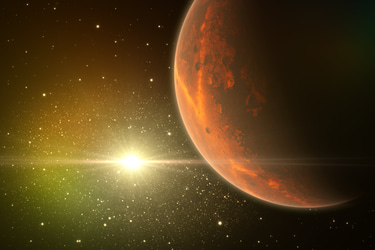The Pivotal Role of AI in Space Tracking: Monitoring Planets, Stars, and Nebulas


Introduction to Space Tracking
In today’s fast-evolving technological landscape, artificial intelligence (AI) has emerged as a crucial element in various fields, including space exploration. The monitoring of cosmic entities such as planets, stars, and nebulas is an intricate endeavor, traditionally dependent on human oversight and manual calculations. However, the introduction of AI has revolutionized space tracking, enabling significantly enhanced data accuracy and efficiency.
AI and Satellite Technology
Satellites play an indispensable role in gathering astronomical data, and AI systems complement their abilities remarkably. By processing vast amounts of data collected from Earth’s orbiting satellites and deep-space missions, AI algorithms can identify patterns and anomalies far beyond the reach of human capabilities. This results in superior predictions regarding celestial movements, trajectory analysis, and environmental impacts associated with various cosmic phenomena.
Spacecraft Data Analysis
The utilization of AI extends to spacecraft missions as well. AI-driven analytics tools now assist scientists in interpreting complex data streams generated by interplanetary spacecraft. The intelligent processing of this data not only enhances our understanding of the cosmos but also allows for real-time adjustments in exploration strategies. Techniques such as machine learning and neural networks contribute to better image recognition, classification of celestial objects, and anomaly detection, thus propelling space research into new frontiers.
As we continue to rely heavily on AI for analyzing space tracking data, the implications are profound. The integration of AI technologies ensures that astronomers and scientists can prioritize their research efforts and focus on essential inquiries about the universe. With improved accuracy and reliability, AI not only aids in tracking planetary systems but also in understanding the intricate details of stars and nebulas that were previously inaccessible.
